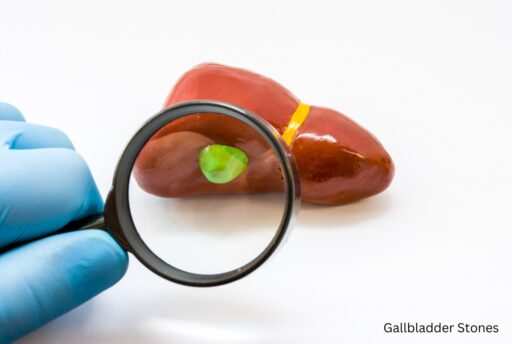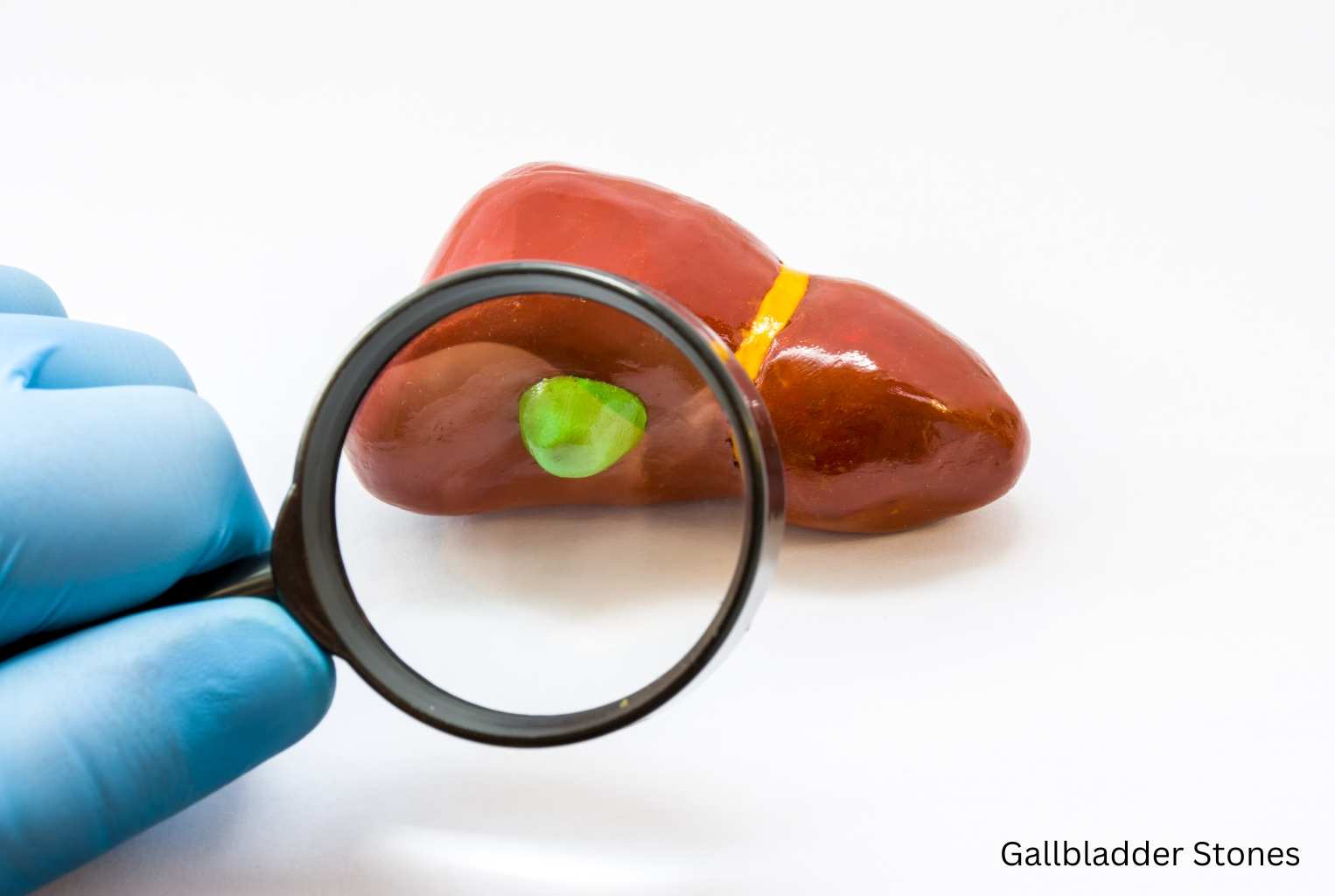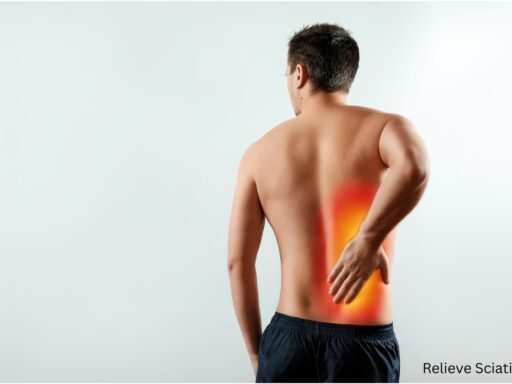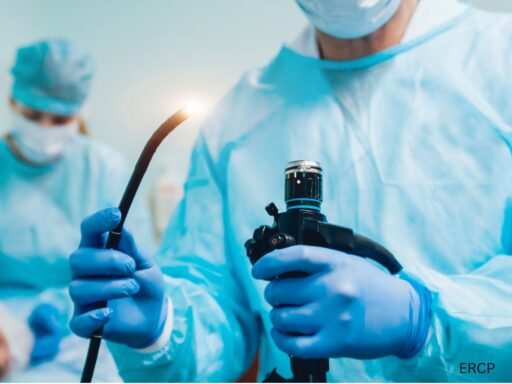Gallbladder stones (gallstones) are hard lumps that form in the gallbladder, a tiny organ just below the liver. They can be as small as a grain of sand or as big as a golf ball. If not managed well, gallbladder stones can cause severe pain and other health problems. Knowing about gallbladder stones, their causes, symptoms and preventive measures is key to your health.
What are gallbladder stones?
Gallbladder stones or gallstones are solid particles that form from bile, a digestive fluid produced by the liver. The gallbladder stores bile and releases it into the small intestine to help with digestion. When the components of bile—cholesterol, bilirubin and bile salts—get imbalanced, GS can form.
Types of Gallbladder Stones (GS)
There are two types of GS: cholesterol stones and pigment stones. Cholesterol stones are the most common type and are usually yellow-green and made up of hardened cholesterol. Pigment stones are small, dark stones made of bilirubin, a substance that is produced when red blood cells break down. While cholesterol stones are related to diet and metabolic factors, pigment stones are more related to medical conditions such as cirrhosis or infections in the bile ducts.
Causes and Risk Factors for Gallbladder Stones
Several factors can contribute to gallbladder stones. Knowing these causes can help you take preventive measures.
Obesity and Diet
Obesity is one of the biggest risk factors for gallbladder stones. Excess body weight increases the amount of cholesterol in the bile and forms cholesterol stones. Obesity can also cause the gallbladder to empty less efficiently and increase the risk of stone formation.
Diet plays a big role in gallbladder stones. A diet high in fat and cholesterol and low in fiber can increase the chances of forming gallstones. Fatty meats, fried foods and high-cholesterol foods like eggs and dairy products are particularly bad. A diet rich in fruits, vegetables and whole grains can help reduce the risk of gallstone formation. Rapid weight loss is another risk factor as it can cause the liver to release excess cholesterol in the bile and form stones.
Age, Gender and Hormonal Factors
Age and gender are also risk factors for gallbladder stones. People above 40 are more likely to have gallbladder stones and women are more at risk than men. This is because of hormonal factors. Estrogen which is more present in women increases cholesterol in the bile and decreases gallbladder motility making stone formation more likely. Women who are pregnant, taking hormone replacement therapy or using birth control pills are even more at risk of having gallstones.
Family History and Medical Conditions
Family history is another thing to consider. If you have a close family member, like a parent or sibling, who has had gallstones, your risk is higher. This means you have a genetic predisposition to it. Certain medical conditions like diabetes, liver disease and blood disorders also increase the risk of gallstones. For example, people with diabetes have higher triglycerides levels in their blood which can contribute to gallstone formation.
Gallbladder Stones Symptoms
Many people with gallbladder stones have no symptoms and may not even know they have them. These “silent stones” are often discovered during medical tests for other conditions. But when symptoms do occur, they can be really painful and means the stones are causing an obstruction or inflammation.
Common Symptoms
The most common symptom of gallbladder stones is intense pain in the upper right abdomen which can radiate to the back or right shoulder. This pain, also known as a gallbladder attack, occurs after eating a fatty meal and can last for several hours. The pain is caused by the gallbladder contracting as it tries to squeeze out bile through a blocked bile duct.
Other symptoms of gallbladder stones are nausea, vomiting, indigestion and bloating. Some may also experience fever, chills or jaundice (yellowing of the skin and eyes) which means a more severe infection or inflammation of the gallbladder, cholecystitis. If you experience any of these symptoms, seek medical attention immediately.
How to prevent Gallbladder Stones
While some risk factors for gallbladder stones like age, gender and family history can’t be controlled, there are ways to reduce your risk.
Be Healthy Weight
Being healthy weight is one of the best way to prevent gallbladder stones. If you are overweight, lose weight gradually rather than through crash dieting as rapid weight loss can increase the risk of gallstone formation. A slow and steady weight loss of 1-2 pounds a week is considered safe and sustainable.
Eat Balanced Diet
Eating balanced diet is also important to prevent gallbladder stones. Include plenty of fiber rich foods like fruits, vegetables and whole grains in your diet. These foods reduce the cholesterol in bile and improve gallbladder function. Also limit your intake of high fat and high cholesterol foods like red meat, fried foods and full fat dairy products. Opt for healthier fats like olive oil, nuts and fish.
Be Active
Physical activity can also help prevent gallbladder stones. Exercise helps to maintain a healthy weight and overall digestive system including the gallbladder. Aim for at least 30 minutes of moderate intensity exercise like brisk walking, swimming or cycling most days of the week.
Gallbladder Stones
If you have been diagnosed with GS and they are symptomatic, there are several options. The choice will depend on the severity of your symptoms, size and number of stones and your overall health.
Medication
One option is medication. Medication can dissolve gallstones but this can take months or even years. Medication is most effective for cholesterol stones and is used for people who are not a good candidate for surgery.
Surgery
Surgery is another option for GS. The most common surgery for gallbladder stones is a cholecystectomy where the gallbladder is removed. This can be done with traditional open surgery or minimally invasive laparoscopic surgery. In most cases the gallbladder is removed because once stones form they will likely recur. Living without a gallbladder is generally well tolerated but some people may experience changes in digestion especially with fatty foods.
Non-Surgical Procedures
For those who are not a good candidate for surgery or prefer a non-surgical approach certain procedures can be used to break up gallstones. One such procedure is shock wave lithotripsy which uses sound waves to break the stones into smaller pieces that can pass through the bile ducts more easily. However this is less commonly used and not suitable for everyone.
When to See a Doctor
If you have severe abdominal pain, nausea, vomiting or jaundice you need to see a doctor immediately. These symptoms may mean a stone is blocking or inflaming and if not treated can lead to serious complications.
Even if your GS are not causing symptoms now it’s a good idea to talk to your doctor. They can help you understand your options and decide if proactive management is needed to prevent future complications.
Conclusion
Gallbladder stones can be painful and serious but with the right knowledge and prevention you can reduce your risk. Being healthy weight, eating a balanced diet and being physically active are all key to preventing gallbladder stones. If you are already symptomatic you need to see a doctor to determine the best course of action for your condition.
Remember gallbladder stones are common and many people with this condition can live a healthy life with management. Regular check ups and talking to your doctor can help you take the necessary steps to protect your gallbladder. By understanding the causes, symptoms and treatment options for gallbladder stones you can take control of your health and prevent this condition from affecting your life.





